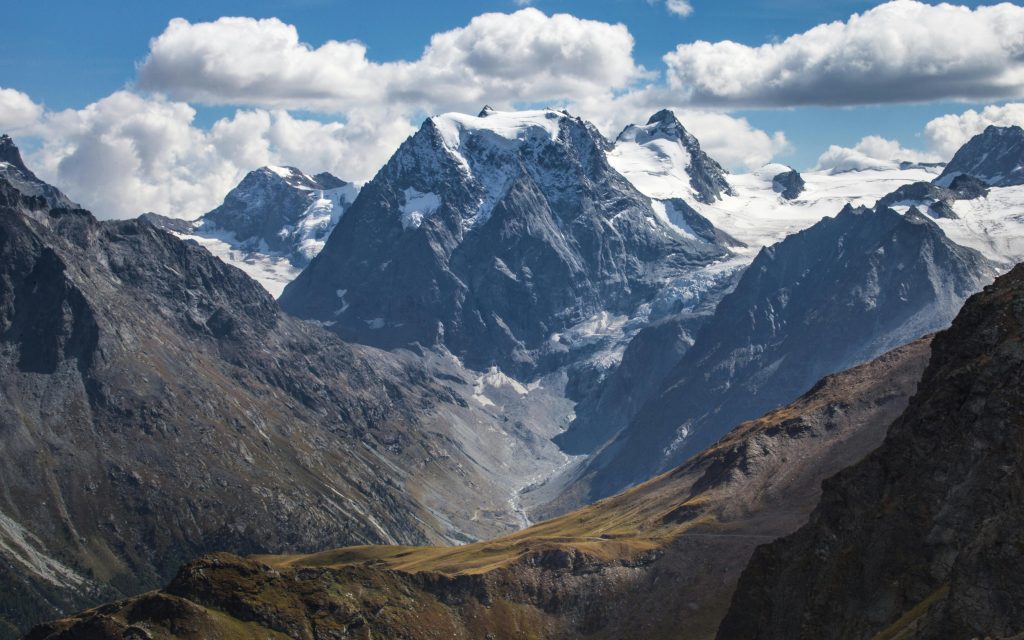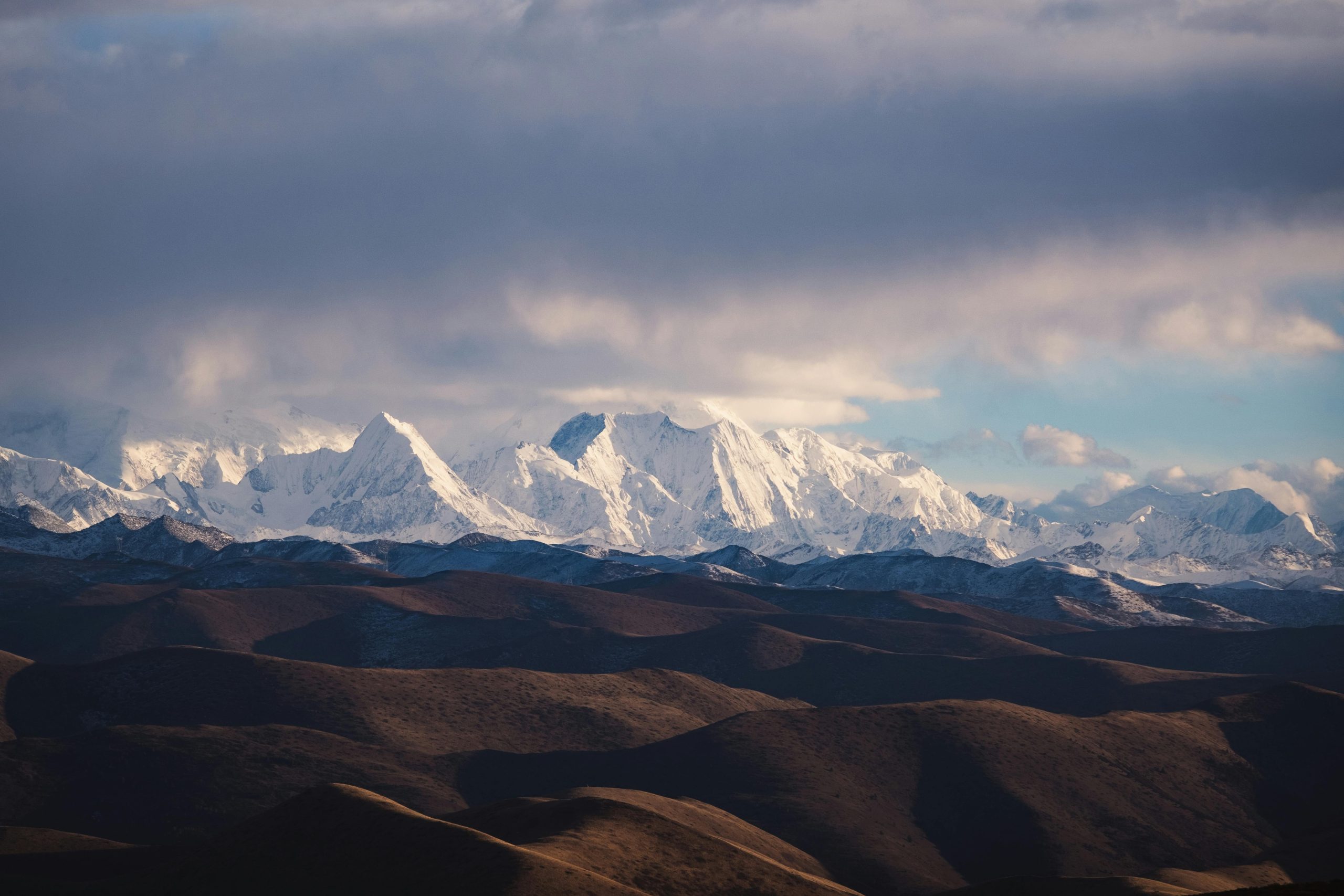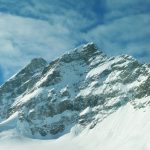K6, also known as Baltistan Peak, is a remarkable mountain in the Karakoram Range in Pakistan. Standing at an elevation of 7,282 meters (23,887 feet), it is located in the remote Hushe Valley in the Ghanche District of Gilgit-Baltistan. Despite its significant height and breathtaking surroundings, K6 remains relatively unknown compared to neighboring giants like K2 and Masherbrum. However, for adventurers and climbers who have experienced its allure, K6 offers an extraordinary climbing adventure and pristine natural beauty.
Why K6 Stands Out
K6 is part of a subrange of the Karakoram, which boasts several other towering peaks. Unlike the crowded routes of more popular mountains, K6 offers solitude and a closer connection to nature. Its rugged terrain, steep ridges, and deep crevasses challenge even the most experienced mountaineers. This mountain attracts those looking for a unique and demanding climb, far removed from the usual trekking destinations.
Unique Terrain of K6
K6’s terrain is a striking combination of rock, snow, and ice. The mountain features steep ice walls, narrow ridges, and sharp rock spires, creating an ever-changing and challenging landscape for climbers. The northwest face, in particular, is renowned for its technical ice climbs and requires advanced climbing skills. The unpredictability of the terrain ensures that climbers stay engaged throughout the ascent, making the climb an exhilarating experience.
Challenges of Climbing K6

Climbing K6 is not for the faint-hearted. It requires meticulous preparation, technical expertise, and a high level of physical fitness. The northwest ridge, the most commonly attempted route, involves mixed climbing on ice and rock, narrow ridges, and exposed sections. The final push to the summit is particularly taxing, requiring precision and endurance.
The mountain’s remote location adds another layer of difficulty. The Hushe Valley, though beautiful, is far from major cities or towns. Climbers need to be self-reliant, carrying all necessary supplies and equipment. In case of emergencies, rescue operations are challenging and time-consuming, underscoring the need for careful planning.
Best Time for Climbing K6
The ideal period for climbing K6 is from June to August. During these months, the weather is relatively stable, with reduced risks of avalanches and better conditions for climbing. However, the Karakoram weather is unpredictable, with sudden snowstorms and temperature drops. Climbers should monitor weather forecasts closely and be prepared for abrupt changes.
Preparing for the Ascent
Climbing K6 demands thorough preparation. Physical fitness and technical expertise are crucial. Climbers should undergo rigorous endurance training and refine their skills in rock and ice climbing. Spending time acclimatizing at various elevations helps reduce the risk of altitude sickness.
Experienced local guides can make a significant difference. Their knowledge of the terrain and weather patterns ensures safer navigation. Additionally, climbers must invest in high-quality gear, including ice axes, crampons, ropes, and cold-weather clothing.
Safety should always come first. Climbers should be ready to turn back if conditions become too dangerous. Reaching the summit is a goal, but it should never come at the expense of safety.
Cultural and Environmental Importance
K6 holds cultural and environmental significance for the local Balti communities. The mountains of the region are deeply intertwined with their spiritual and cultural beliefs. Visitors often experience the warm hospitality of the Balti people, who are known for their resilience and strong community bonds.
The area around K6 is home to diverse wildlife, including snow leopards, ibex, and various bird species. Protecting this fragile ecosystem is vital. Climbers are encouraged to follow eco-friendly practices such as proper waste disposal and minimizing the use of plastics. Respect for local traditions and the environment ensures that this natural wonder remains intact for future generations.
Table of Contents
Accessing K6
The journey to K6 begins in Skardu, a major hub for expeditions in the Karakoram Range. From Skardu, climbers take a jeep to Hushe Village, the last settlement before entering the mountains. The trek from Hushe to K6’s base camp typically takes two to three days, offering spectacular views of glaciers, alpine meadows, and rugged cliffs.
This trek is an adventure in itself, providing a glimpse into the untouched beauty of the Karakoram. The base camp serves as the starting point for the challenging climb ahead.
Comparisons with Other Peaks
K6 is often compared to its famous neighbors, but it holds its unique charm.
- Height: K6 stands at 7,282 meters, while Masherbrum and K2 are higher at 7,821 meters and 8,611 meters, respectively.
- Difficulty: K6 presents technical challenges with mixed terrain, whereas Masherbrum and K2 are known for extreme difficulties, including avalanches and treacherous ice slopes.
- Popularity: While K2 draws climbers from around the world, K6 remains less frequented, offering a more serene and intimate climbing experience.
Responsible Tourism and Conservation
As interest in K6 grows, it is essential to promote responsible tourism. Climbers and trekkers should adhere to sustainable practices to protect the region’s environment. Carrying out all trash, avoiding plastic use, and respecting the local culture are fundamental steps.
By minimizing their environmental footprint, visitors can help preserve the pristine beauty of K6 and its surroundings. This approach ensures that future generations can also experience the magic of this hidden gem.
FAQs
Q1: Is K6 suitable for beginner climbers?
K6 is not recommended for beginners. It requires advanced mountaineering skills and significant experience in technical climbing.
Q2: What permits are needed for climbing?
Climbers need permits from the Gilgit-Baltistan Council and local authorities. These should be arranged well in advance.
Q3: What accommodation options are available?
Accommodation is limited to basic guesthouses in Hushe Village and camping at the base camp. Climbers should be prepared for a rustic experience.
Q4: What wildlife might you encounter near K6?
The region is home to snow leopards, ibex, and a variety of birds, making it an ecologically significant area.
Conclusion
K6 is a mountain of unparalleled beauty and challenge. Its rugged terrain, cultural richness, and remote location offer a climbing experience unlike any other. Whether you are an experienced mountaineer seeking your next challenge or an adventurer drawn to the unexplored, K6 promises a journey of discovery and transformation.


